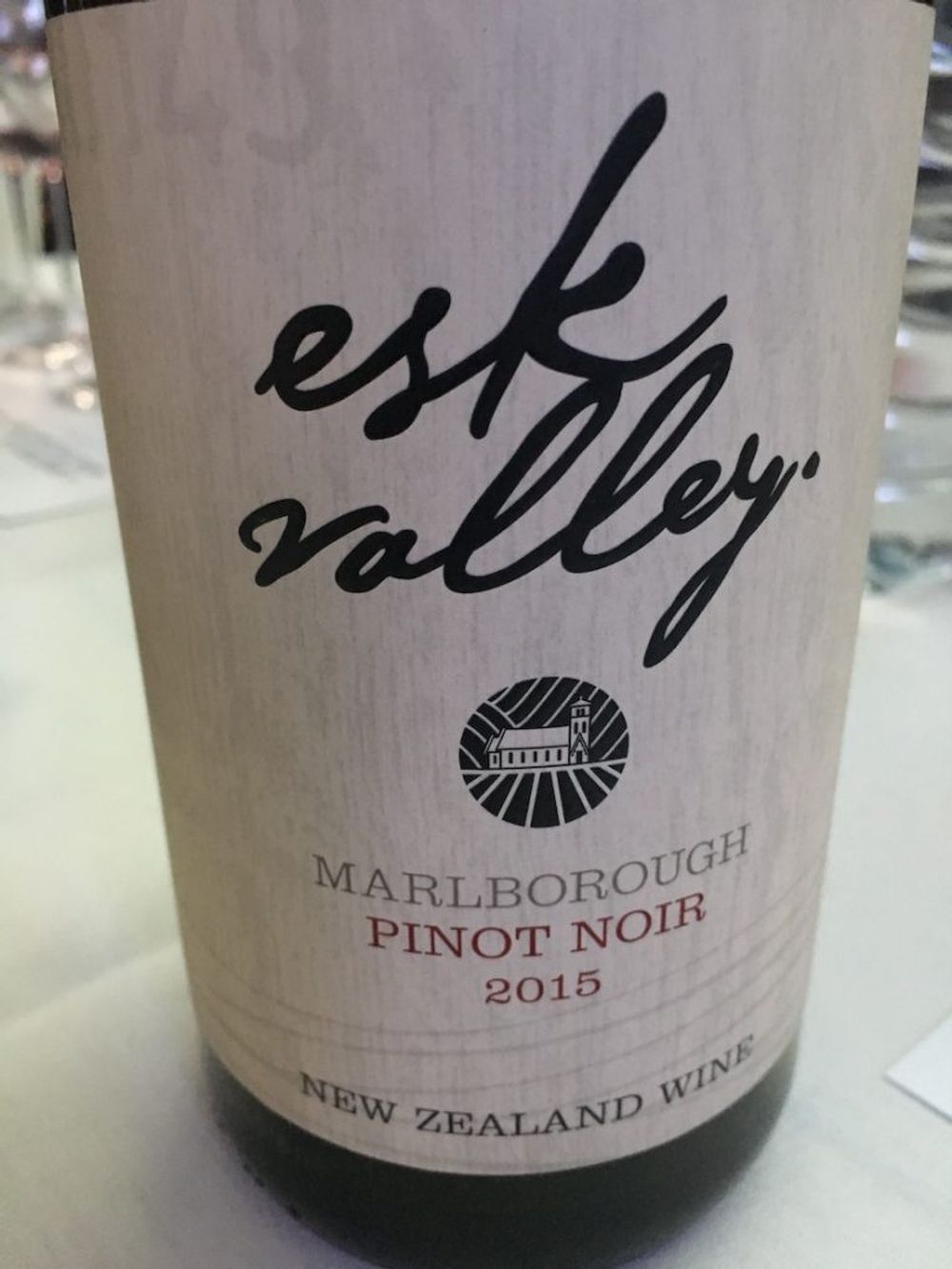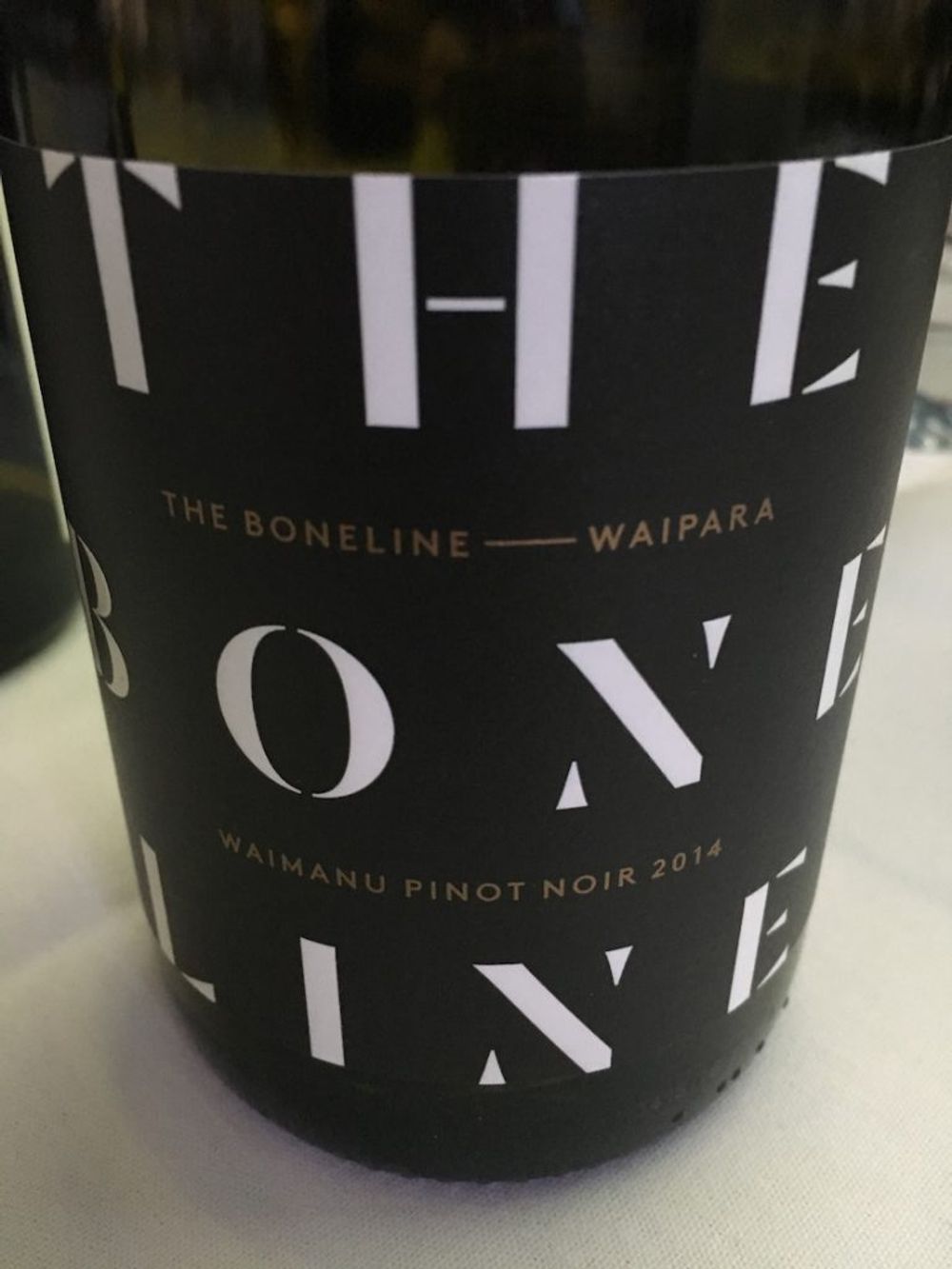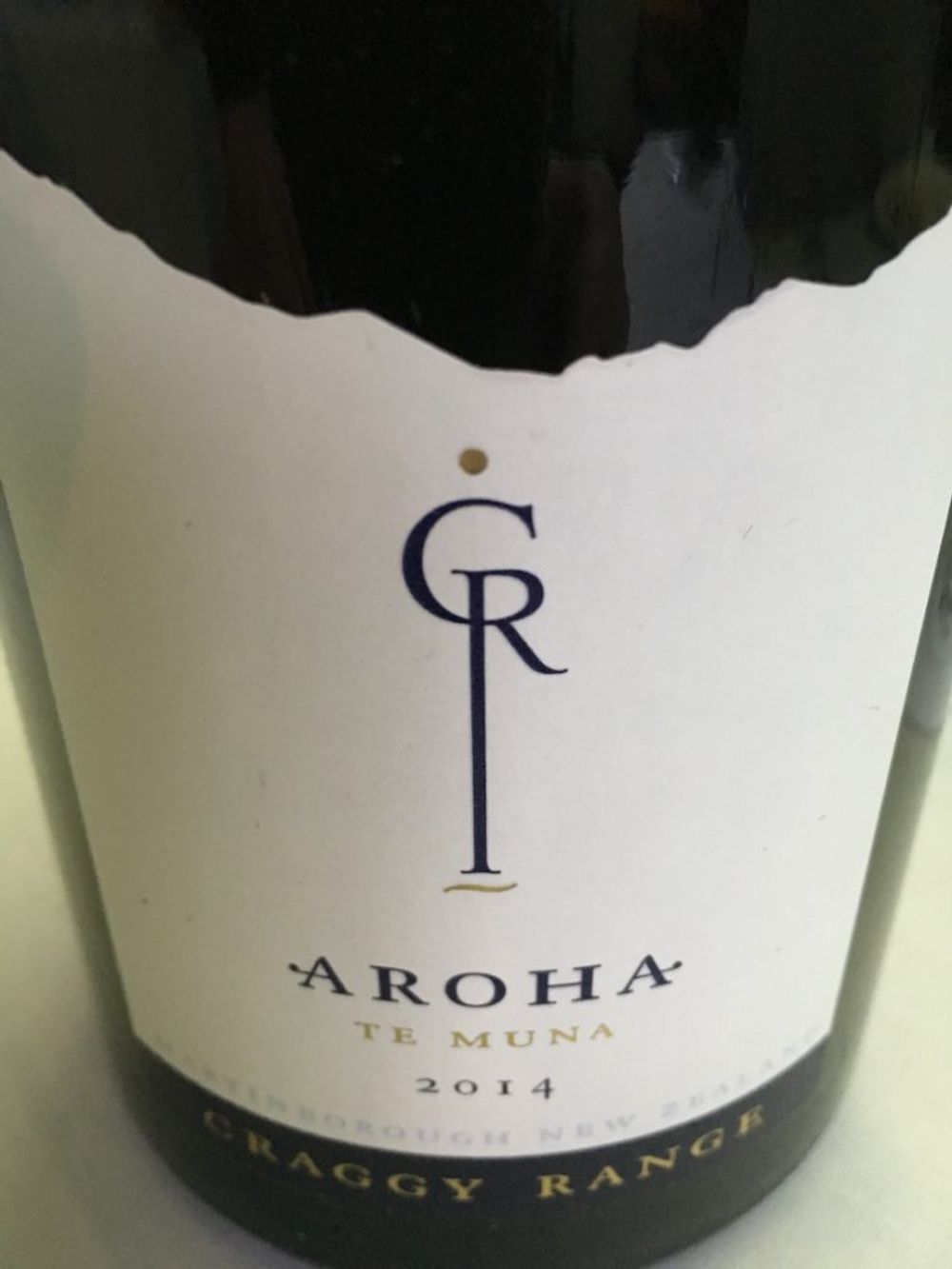Wine educator Peter McCombie MW gets behind the wheel of a New Zealand Pinot Noir road trip – covering five major producing regions with nine different wines.

Peter McCombie
For the entry level customer regionality is not a consideration, but for the more discerning drinker then education is needed, particularly if we want them to pay more for their New Zealand Pinot Noir.
This was the premise of A Roadtrip of New Zealand Pinot Noir, a masterclass at the Great New Zealand Wine Tasting.
“There are a lot of people who like New Zealand Sauvignon Blanc and are driven by a low price point and for them regionality isn’t so important. They like drinking New Zealand Sauvignon Blanc,” said McCombie.
“And the same thing is true of New Zealand Pinot Noir. But if we expect people to pay more and trade up then we need to talk about regionality and sub-regionality.”
In order to begin that process McCombie took nine wines that had been chosen by New Zealand Wine to best reflect regional typicity and quality, and used them to reflect the differing styles one would associate with these regions. He was careful to add the proviso that differences in the wine styles could just as easily be about the age of the wine and winemaking technique, as it could be about regionality.

The five areas McCombie focussed on were: Marlborough, Canterbury/Waipara, Central Otago, Nelson, Wairarapa/Martinborough.
With sub-regionality being so important, two wines were chosen from Marlborough and three from Central Otago to illustrate this point.
Marlborough
New Zealand’s flagship winegrowing region is responsible for three quarters of all of the country’s wine. It is the sunniest and driest region dominated by Sauvignon Blanc and, although Pinot Noir is the second most prolific varietal grown in the region it is seven times smaller than Sauvignon Blanc.
Pinot Noir Style: Lighter style, red fruit rather than black, plums, mid-weight, fine tannins, spicy background.

Red fruit (plum, tamarillo), complex nose, good acidity – easy drinking Pinot (Hatch Mansfield)
Canterbury/ Waipara Valley
It only accounts for 2% of New Zealand’s overall wine production but is fast growing. We focused on Waipara Valley, an exciting sub-region about an hour’s drive north of Christchurch that has been most renowned for its aromatics – Riesling and Gewurtztraminer – and now is getting known for Pinot.
Pinot Noir Style: A range of styles from elegant to broody. Common traits are depth, complexity and structure.

Lifted aromatics (irises), great texture and structure, exotic, spicy, balsamic, youthful, nice line in acidity – discreet power (seeking representation in the UK)
Nelson
About a quarter of this agricultural region’s vineyards are Pinot Noir with names like Seifried and Neudorf being some of the earliest pioneers in the 1970s. There are two main sub-regions Moutere Hills and Waimea Plains.
Pinot Noir Style: Perfumed, structured, fine tannins.

Less fruity, 50% whole cluster gives this a tightness and youthfulness, beautiful structure and body, power, concentration and backbone – promises a lot (Hallgarten Druitt)
Wairarapa/ Martinborough
Like Central Otago, Martinborough is one region that is getting the reputation for the quality of its Pinot Noir. One of two sub-regions within Wairarapa on the North Island whose overall output is tiny – just 1% of total New Zealand wine production – but where Pinot Noir is significant accounting for half of the vines planted.
Pinot Noir Style: Darker fruit (plums), rich flavours, more muscular, textured, a savoury depth.

50% de-stemmed, nice fruit ripeness, a lot more power and structure. Needs some more age (Bibendum)
Central Otago
There is a good deal of sub-regional expression in this spectacularly beautiful region on account of the varied topography and harsh climate. Over three quarters of vines planted are Pinot Noir with the region having been mapped out as being eminently suitable for growing the grape in the mid-to-late Nineteenth century. There are six clearly defined sub-regions, we tried three wines from two areas Bannockburn and Cromwell/ Lowburn.
Pinot Noir Style: Fruity and aromatic intensity comes easily to Central Otago, the fruit is lush with silky tannins and the wine is underpinned by taut structure and intensity.

Ripe, fuller style, tannic but well integrated (Matthew Clark)
The future’s bright the future’s Pinot
Because getting a profound fruit expression with Pinot Noir comes relatively easily to New Zealand wine growers, the wines drink very young which is a double-edged sword says McCombie.
He is looking for New Zealand Pinot Noir to be aged longer in the bottle to see more complexity and secondary characteristics being discovered in the wines, and thinks consumers should be looking to do this also, especially to illustrate regional differences.
McCombie stressed that the future is was very bright when you look at Pinot Noir when you consider: maturing vines, optimum site selection for new plantings (such as in Central Hawke’s Bay), a lack of restrictive rules and continued fine-tuning of vineyard and winemaking techniques.
He also made the point that obsessing about clones was not the key issue. After you have picked the right clones for the right soils then you should leave it up to the vineyard. He illustrated this point by quoting the winemaker at Craggy Range who said that after 10 years the differences of the vineyard started dominating in the taste profile rather than the clones used.
If I was buying three of the New Zealand Pinot Noir we were shown it would be The Boneline Waimanu, Waipara Valley 2014; Mahana Clays and Gravels, Nelson 2014; Craggy Range Aroha, Martinborough 2014.









































